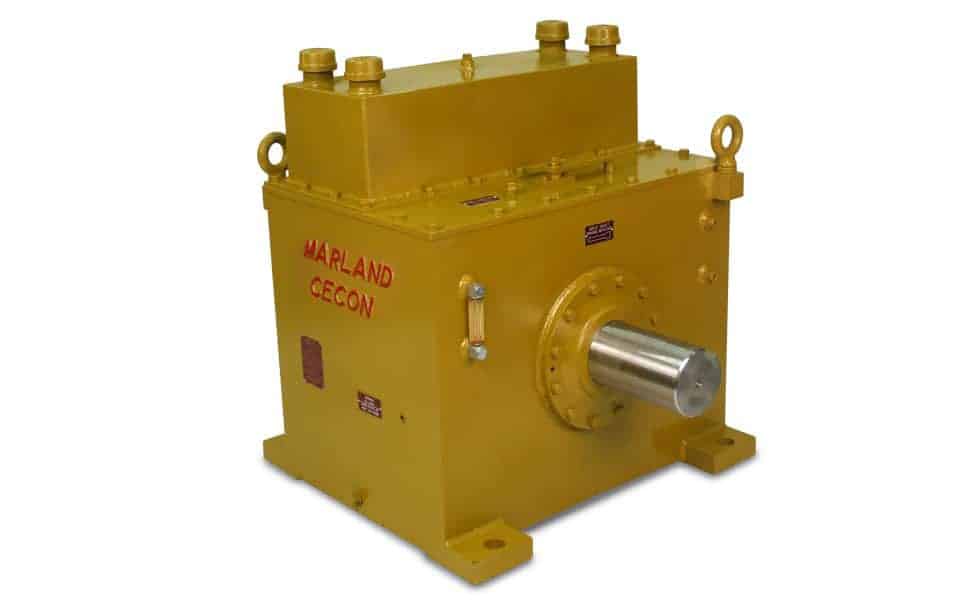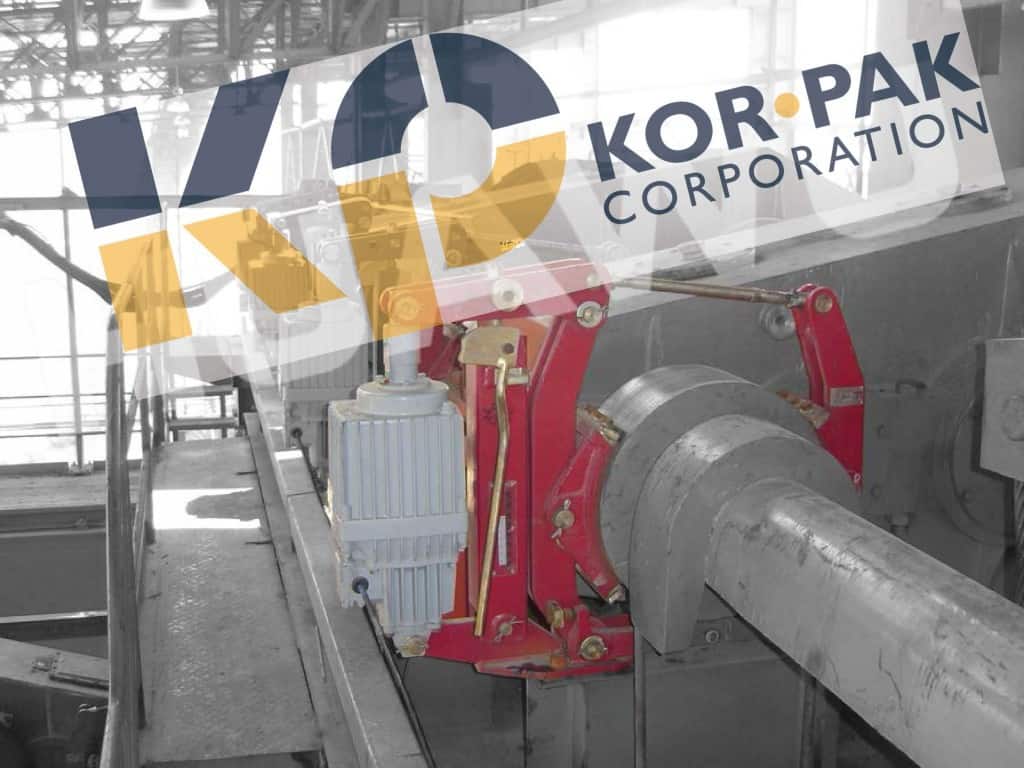At Kor-Park, we pride ourselves on providing our customers with the best products.
We supply tools like the Marland clutch because they are durable, versatile, and time-tested. With proper care and maintenance, your clutch will last a long time and serve multiple functions across your business.
Learning new applications will help you get the most out of tools you already love to use.
There are countless uses for a Marland Clutch. We’ve compiled this list to help you understand the functions that make the most sense for your business.
What is a Clutch For?
First, let’s review exactly what a clutch does.
In short, the clutch is a device that couples and uncouples moving parts in a mechanism.
For example, if you’ve ever driven a manual transmission vehicle, you’ve used a clutch. Here, the clutch’s job is to engage and disengage various gears.
Clutches transmit power between shafts, motors, gears, etc. This is what makes them such versatile tools.
Clutches provide an important function industrial settings. They are crucial to controlling the speed and power with which machinery operates. Without a clutch, it is almost impossible to regulate these functions.
The Marland Clutch Difference
Of course, a Marland Clutch is designed to handle power transmissions in machines much bigger and more complex than a manual transmission car. Industrial-sized equipment calls for an industrial-sized clutch.
Marland has been producing clutches since 1931. These clutches help businesses keep their industrial equipment running smoothly.
Industries like mining, metals, power plants, and cement manufacturing all use the Marland Clutch on their heavy machinery. These clutches come in different sizes and designs. This helps to meet the unique needs of different industrial equipment.
The type of machinery you are looking to handle will help determine which type of clutch you will want to use.
The Right Clutch for your Business
Every industry’s machinery has unique needs and requires different kinds of clutches.
For instance, the machinery used by oil refineries cannot be stopped for routine maintenance. Marland’s CECON (Completely Enclosed for Continuous Operation) clutch is optimized for these needs. This clutch is also a great option for machinery that operates outdoors, or in wet conditions.
There are some industries where machines must remain functional during emergency shutdowns. Kiln drives use Marland’s One-Way CEBMAG clutch to keep their machines running slowly in these situations.
In addition to one-way clutches, Marland also produces backstops. These are important to protect against reverse torque on a conveyor or elevated installation.
Additionally, if your machinery needs require multiple clutches, Marland manufactures clutch couplings. These will help you use your clutch in the way that best works for your business.
At Kor-Pak, our goal is to provide you with equipment customized to meet your needs. Whatever the unique needs of your industrial equipment, there is a clutch that can help things run more smoothly.
If you have questions or need help determining which clutch is right for you or taking care of your Marland Clutch, contact us so we can work together on the bets solution.


